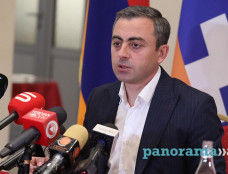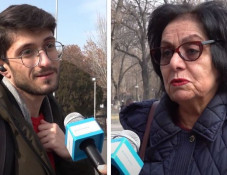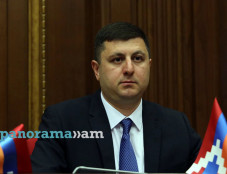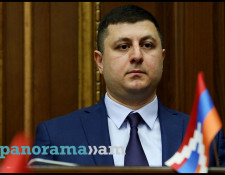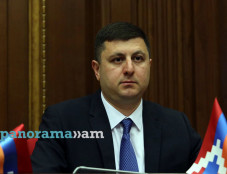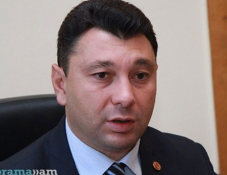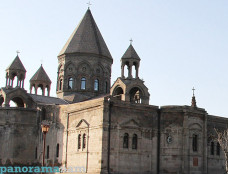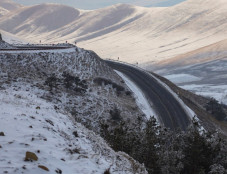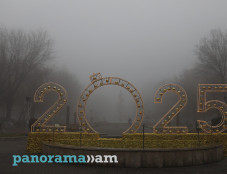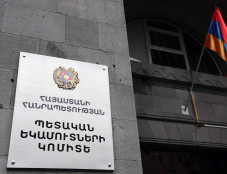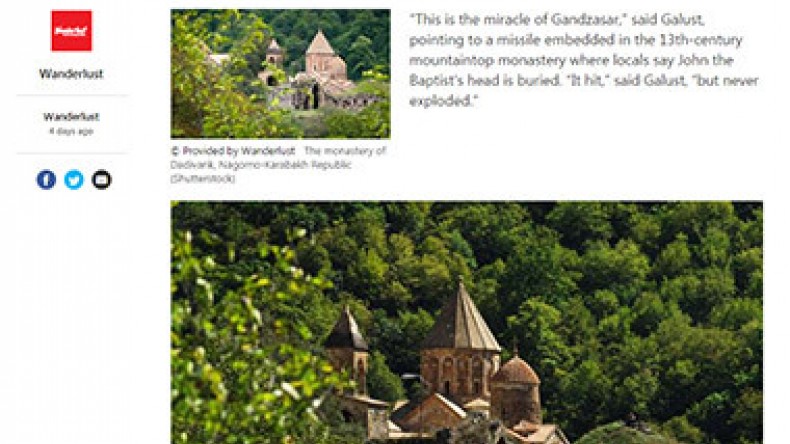
British Journal: Nagorno Karabakh populated with Armenians could become the new wonder of world
Armenian-populated Nagorno Karabakh could be the most unknown wonder of the world, the website of the British magazine “Wanderlust” writes. Nagorno Karabakh, after the USSR went supernova in the early 1990s. Chechnya, South Ossetia and Abkhazia remain volatile. But a ceasefire held since 1994 in, after six years of fight for Nagorno Karabakh, allows the travelers to visit what has become a de facto (although internationally unrecognised) eastern extension of Armenia, the article reads.
“Stalin sowed the seeds of conflict in the region in 1921, pursuing a policy of divide-and-rule to combat ethnic opposition within the fledgling USSR. He severed predominately Christian Nagorno-Karabakh from Armenia, and spliced it to the mainly Muslim Azerbaijan Soviet Socialist Republic,” the author writes.
Before visiting Karabakh the author attended the Mother Armenia Military Museum and Yerablur Cemetery where 7,000 Armenians are buried from a conflict that cost 30,000 lives. On the way to Stepanakert the Mt Ararat was also visible, which in 1921 was attached to Turkey in order to pacify it.
“As we crossed over the River Ahavno, a border sign proclaimed ‘Welcome to the Mountainous Republic of Karabakh’. However, the locals here tend to call it Artsakh,” theauthor writes.
There’s no obvious wartime hangover in modern Stepanakert, a vibrantly breezy little capital that’s been industriously reborn. A youthful population frequents airy boulevards of boutiques and cafés in a city putting down roots. At 7pm at Park after Stepan Shahumyan the singing fountain spewed in sync to musical eclecticism from Shostakovich to Shakira. Stepanakert Museum holds evidence of centuries of Roman, Persian and Turkic conquest. The museum guide, Gayaneh, then aged two – was evacuated to Yerevan when the war started. Her father who was a mathematician stayed to fight as a tank driver. Her statements that she too would fight for Artsakh reminded the author the words of the Russian dissident Andrei Sakharov: “For Azerbaijan the issue of Karabakh is a matter of ambition; for the Armenians of Karabakh, it is a matter of life or death.”
The author tells how he sought out far-flung expressions of Armenian culture in the form of secreted monasteries, fortresses and ancient cities. He visited the former capital of Artsakh - Shushi. The author saw on the streets Persian inscriptions, Moorish Arabian arches and the tiled minarets of 19th-century mosques. Shushi’s restored 19th-century Ghazanchetsots Cathedral highlights an interesting dichotomy. Nagorno-Karabakh’s reviving self-identity centres on its Christian heritage yet during Soviet times practising religion was forbidden.
In villages old men served him with hazelnuts as a Karabakh hospitality, and in Dadivank the author had the opportunity to compare the mountainous monasteries of Greece and the Holy Land. The guide told him that the monastery was abandoned and decayed during Soviet Azerbaijan rule. Not one rouble was spent maintaining it.
The adventures of the author in the South Caucasus ended around eastern Nagorno-Karabakh’s militarily imposed buffer zone within Azerbaijan territory. It’s accessed via Askeran. “We used to share Askeran with Azeris. We helped each other. But it became dangerous here in 1988 when there was violence. I was born here and will never leave because my son was killed and buried here,” 75-year-old Zhora tells.
As the author writes the object of their journey was Tigranakert, a 2,000-year-old city that may one day be celebrated as an ancient wonder of the world. For now though, a small museum hosts just a fraction of the treasures trickling from recent archaeological excavations. These reflect the power of Armenian king, Tigram the Great, whose once formidable empire (95-55BC) stretched from the Mediterranean to the Caspian. “Tigranakert is unknown because there was a Soviet prison here so it couldn’t be excavated until after the war,” explained Varham, an onsite archaeologist.
Newsfeed
Videos





